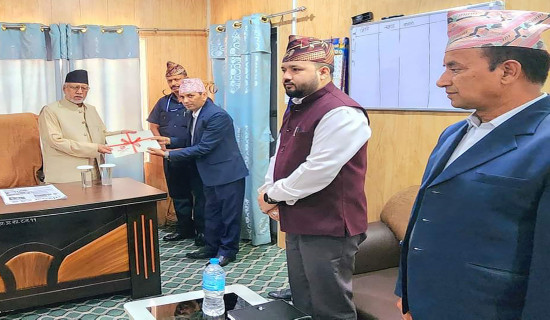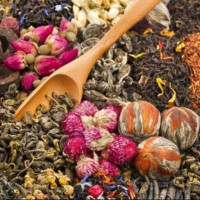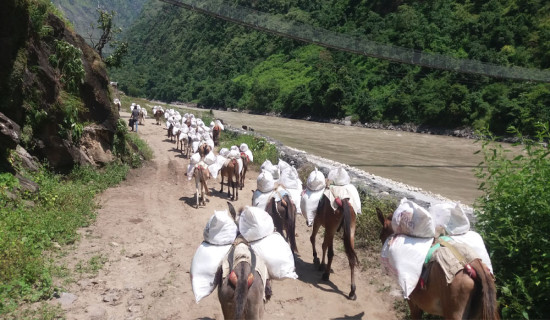- Monday, 6 May 2024
Dhankuta Taksar Ghar bears Nepal’s history of coin minting
By Kokila Bhandari,Dhankuta, Apr. 24: The records are being unearthed of money minted from Dhankuta. During the Rana regime, Mint (Taksar) was set up in Dhankuta at the present location of Bhimdal Gan Salleri Barracks premises.
Mint means a place where money is coined. During the Rana rule, a water-powered money-minting machine was installed and it was also called Pani Dhiki Taksar Ghar. Experts said that 2 paisa and 5 paisa copper coins were minted from pani dhiki at that time. The said machine is still in the barracks premises.
Experts said that during the time of difficulties in the medium of exchange, there would be problems in transporting money from the capital and keeping in mind the possibility of theft, making Dhankuta the centre for the circulation of money.
It is mentioned in Narapati Pokharel's masterpiece that a money minting machine was brought to Dhankuta in the year 1987 B.S. when Colonel Raj Shumsher was the then chief.
During the Rana regime, a mint department was set up on the office premises of barracks near Salleri and a money printed machine was placed. Money was coined from the same machine. Later, coinage from the mint stopped.
Professor Dr. Gopal Bahadur Bhattarai said that after the mint (Taksar) was closed, the said printing machine was moved from that place and brought to the present building.
According to him, Sri Bhavani and Sri 5 Tribhuvan were written on the copper coins of 2 paisa and 5 paisa which were in circulation at that time and were used to buy essential goods in the market.
It seemed impossible to bring money from India as the money-making machine was too heavy and made of iron, which could not be carried even by a large number of people. But it has been documented in the history that the Colonel's ideas and intellect brought the machine from India to Dhankuta.
It is described in history, since there were no easy roads and transportation facilities at that time, the money-making machine was carried from Jogbani in India to Dhankuta by people on their shoulders.
Major General Dr. Ash Bahadur Tamang said that the present generation would be able to study and observe the history if they could protect, promote and spread awareness about the money-making machine that is linked with the historical identity of Nepal, keeping in mind the need to promote the historical heritage.
The Dhankuta Municipality plans to bring this Mint as a historical and archaeological heritage of Dhankuta to the public, promote tourism through this, search for it and create an environment of more support from the state and federal government.
The Mint, which is an archeological source, plays an important role in providing information about the history, culture and civilisation of that time. Money coined from Dhankuta is still safe in the houses of the village.
The local Ganga Bhandari of Dhankuta Municipality-3 said that because her husband was a priest at that time, everything needed would come with a coin of 2 paisa and a 5 paisa, but now they are useless and have to be stored in the clay pot.
Dambar Rogu, officer of the administration and human resource development branch of Dhankuta Municipality, said that in coordination with the security agencies, it is necessary to enable people to observe the machine and provide information about the process of minting coins to the common people.
Local Bhairab Shrestha said that he still has some of the 5 paisa copper coins circulated out from Dhankuta in the years 1992, 1994, 1995 B.S.
Damodar Wagle, a local doctor of Dhankuta Municipality-3, also has a lot of such coins which is also used for decoration by making a garland of money. According to Wagle, the money-making machine was in use until 2007 B.S.
Subhash Chandra Dangol, chief of the National Currency Museum, said that the coins issued from Dhankuta are not in collection at the National Currency Museum and need to be kept.
Until now, the Mint is under the protection of the Nepali Army and is safe. There used be 80 per cent copper and 20 per cent lead as raw materials for printing coins.



-original-thumb.jpg)

-copy-square-thumb.jpg)










